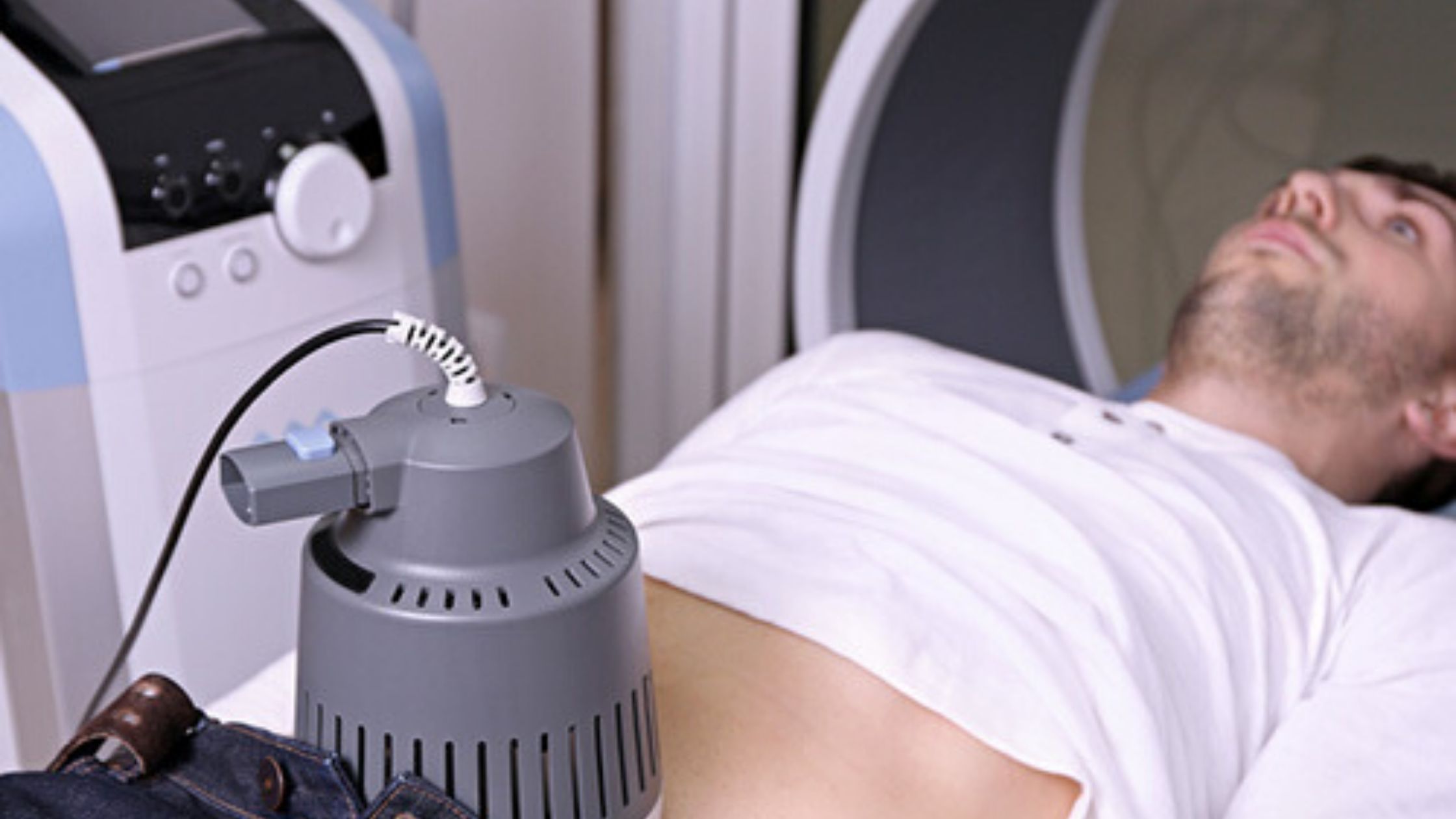
The Role of Laser Urology in Modern Urology
Laser techniques are versatile tools in urology. There is a vital use of laser techniques in patients having diseases related to prostate. Promising therapeutic effects of laser procedures have been contributed to establishing their usage in the treatment of patients with other diseases.
From the last two decades, laser techniques have become an increasingly popular method in treating patients with benign prostatic hyperplasia, bladder tumours, urolithiasis, urinary tract strictures, or lesions of external genitalia. The first reported use of laser technique in urology was 1976. Some of the initially introduced laser procedures had to be modified or abolished due to postoperative complications, the need for extended catheter maintenance and unpredictable therapeutic effects. With the advancement in equipment???s and a better understanding of urologists needs on the part of procedures and growing experience of the operator???s laser treatments are a favourable alternative to traditional surgical procedures. Also, with increasing accessibilities to the appropriate equipment???s and short learning span along with promising therapeutic effects have led to growing interest in these methods. The results of laser techniques have more average survival time as seen in older patients with coexisting cardiac disorders requiring anticoagulant prevention. Laser technique is regarded as a much safer treatment for such patients than the classic operation.
Laser procedures have many advantages over traditional surgeries, such as
- Greater accuracy and precision,?? ?? ?? ?? ?? ?? ?? ?? ?? ?? ?? ?? ?? ?? ?? ?? ?? ?? ?? ?? ?? ?? ?? ?? ?? ?? ?? ?? ?? ?? ?? ?? ?? ?? ?? ?? ?? ?? ?? ?? ?? ??
- Less invasive?? ?? ??
- Laser energy heat seals blood vessels, resulting in lesser bleeding, swelling, and pain or scarring.
- A good alternative for patients with high comorbidity, who aren???t suitable for open operations
- Laser operation and hospitalization times may be shorter, more procedures can be done in case setting
- Bladder wall not visibly disrupted
- Can be used in conjunction with cold or electrical resection of papillary tissue and laser to be base in larger tumours
Disadvantages of laser operations should be taken into accounts that not all doctors are trained to use lasers. Additionally, laser equipment???s are expensive and should be used with strict safety and precautions in the operating room.
Laser stands for ???Laser Amplification by Stimulated Emission of Radiation???. It is a tool that emits monochromatic light. The source of light may include gas, crystal, semiconductors, or dye. The interaction between the laser beam and the tissue depends on physical phenomena such as reflection, dispersion and absorption. Reflected light can cause unintended thermal damage to surrounding areas.
Lasers have revolutionized clinical practice in several medical fields including, ophthalmology and dermatology. In urology, the impact of laser on clinical practice has been significant. With the improvement in technology, flexible endoscopes and availability of small flexible, biocompatible, inexpensive and disposable silica optical fibre delivery systems, there have been growing interests in lasers and optical fibres with minimum invasive procedures in the urinary tract.
Laser procedures in urology are based on a wide range of mechanisms for laser tissue interactions including photothermal, photomechanical and photochemical. Photothermal applications include laser ablation of soft tissues for the treatment of benign prostate hyperplasia (BPH), strictures, bladder cancer, laser tissue welding and long-pulse laser lithotripsy. Photomechanical applications include short pulse lithotripsy. Photochemical applications include photodynamic therapy (PDT) for bladder and prostate cancer.
Clinical lasers
Currently, there are two main applications of lasers in urology. Laser lithotripsy for stone fragmentation of urinary stones and laser ablation of the prostate for the treatment of BPH. The lasers include low and high power versions of Ho: YAG laser which is used for the laser lithotripsy and treatment of BPH, respectively.
Contact UsRecent Post


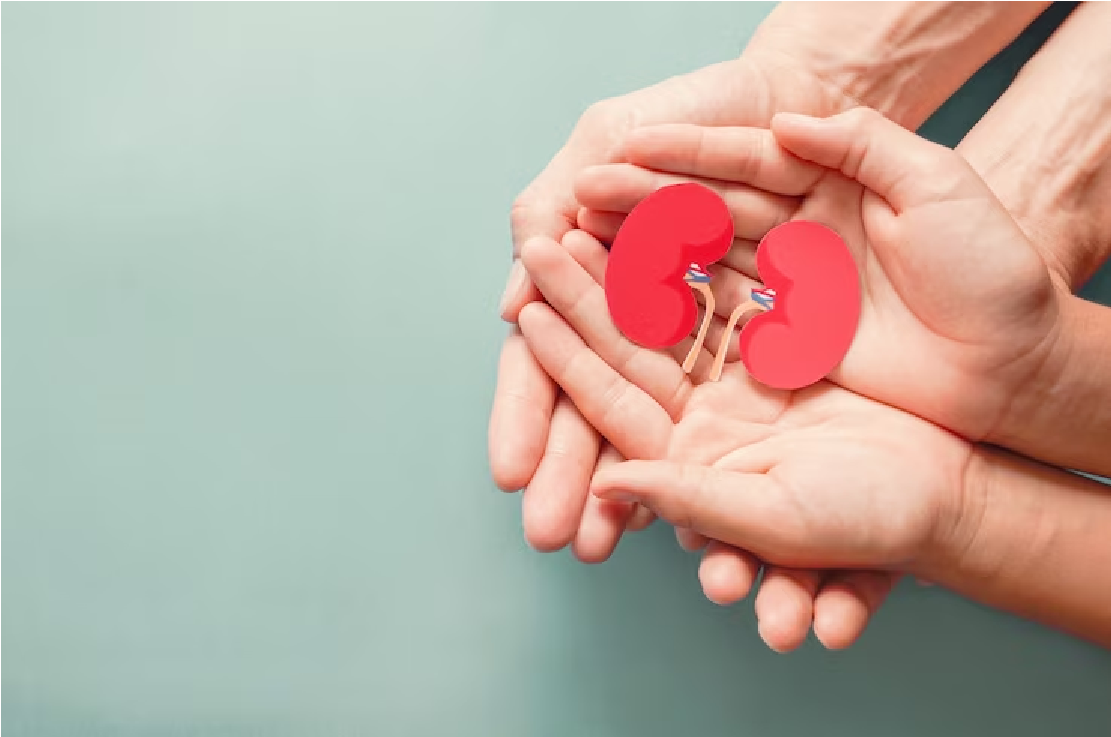
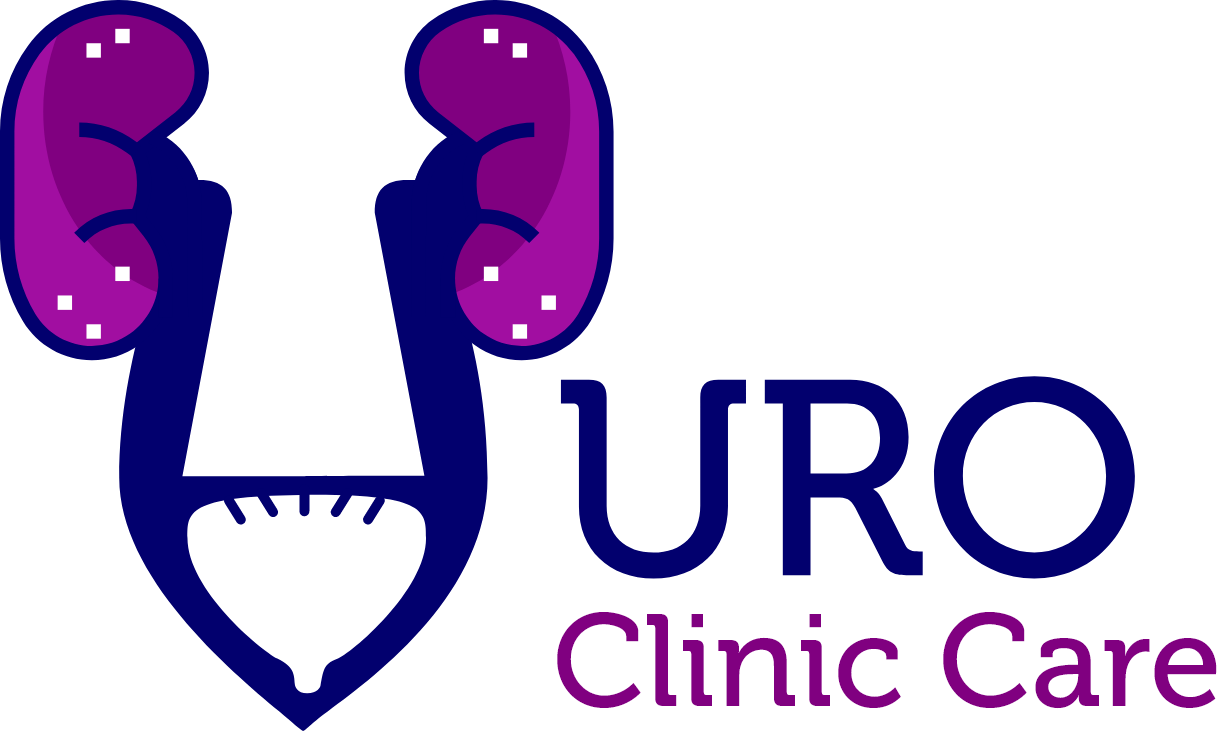


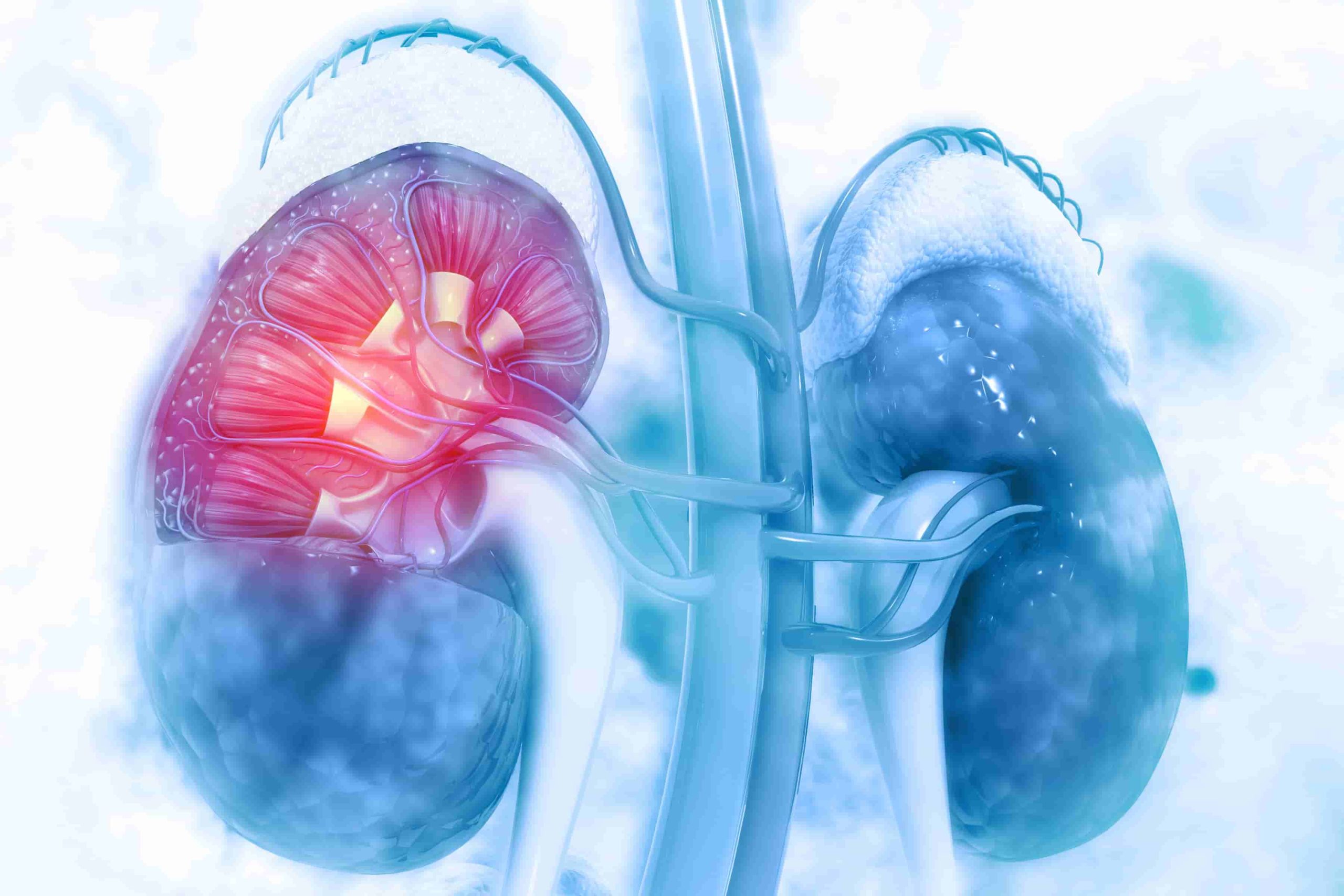
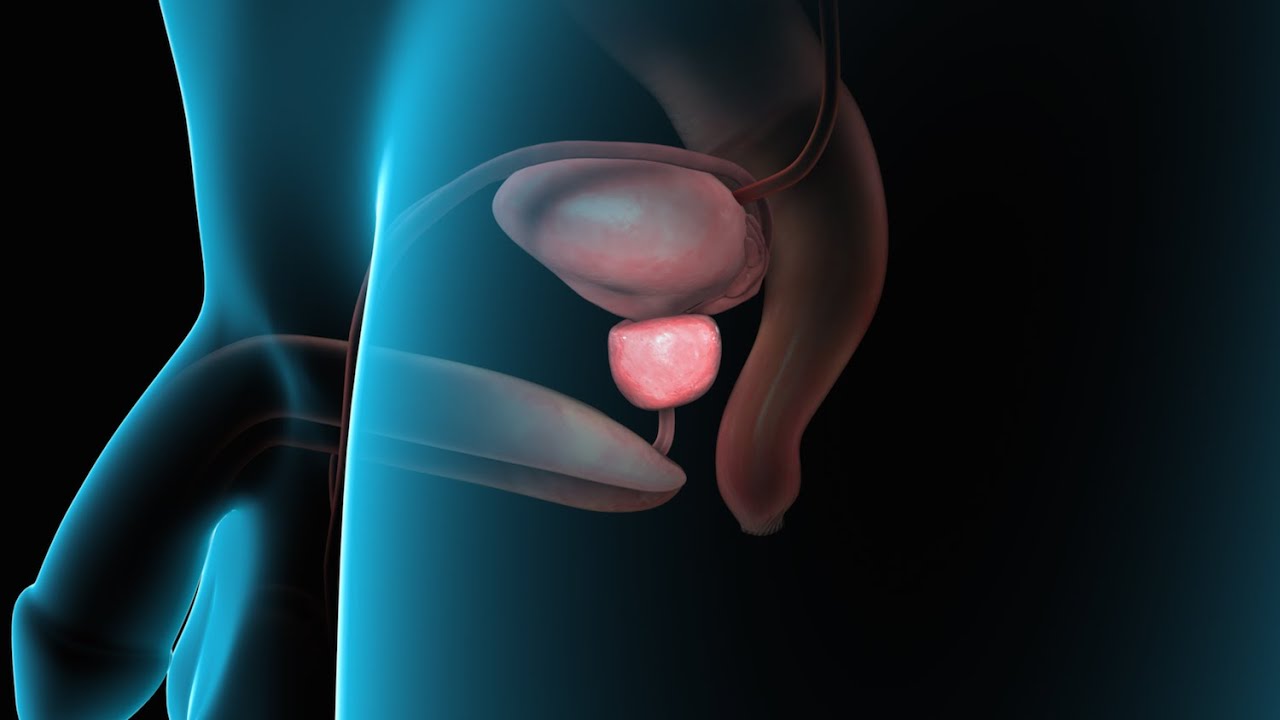




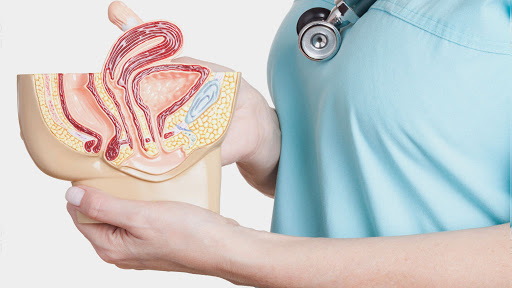

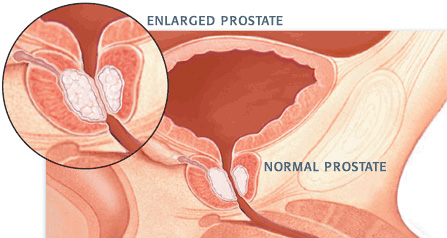




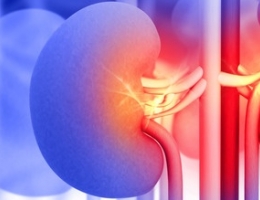
 English
English